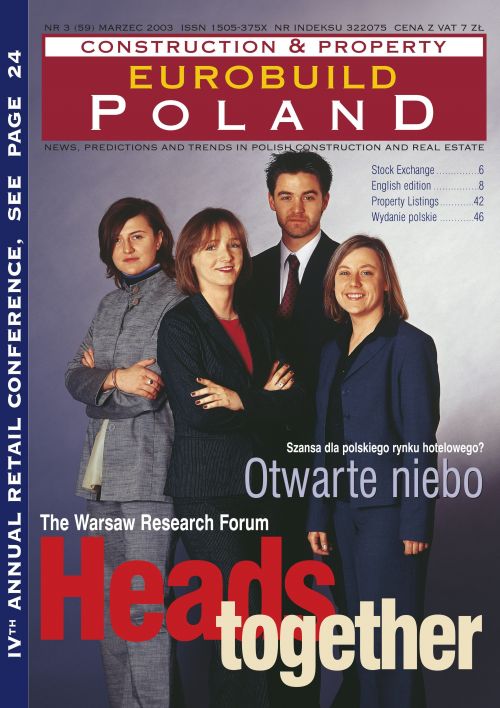The Public-Private Partnership may be a way of using the funds
the EU is going to provide for further development of Poland's infrastructure.
But a cautionary note is necessary because partnerships involve co-operating and
sharing responsibilities. "I have confidence in Polish administrators,"
says Uwe Krüger of Hochtief, though Michał Skorupski EC Harris plays this
enthusiasm down somewhat. "They still have a lot to learn" he says
When, as he was taking up his post, Deputy Prime Minister
Marek Pol announced that Polish infrastructure would develop along the lines of
the Public-Private Partnership, he did not know then that the PPP would thrive
to the extent it has. It has since been raved about by the press and analysts
have proclaimed it an excellent way to put infrastructure funds to use. The
Polish government plans to invest PLN 36 bn, PLN 7 bn of which is funded by the
Fundusz Spójności and ISPA. Let us hope that the optimism surrounding PPP and





























































